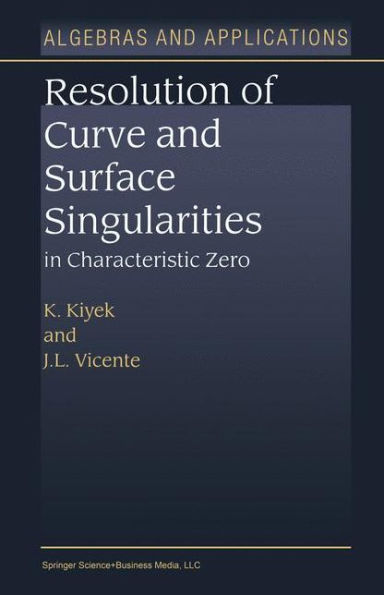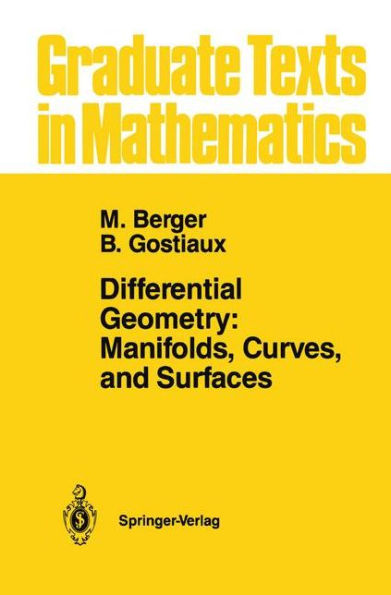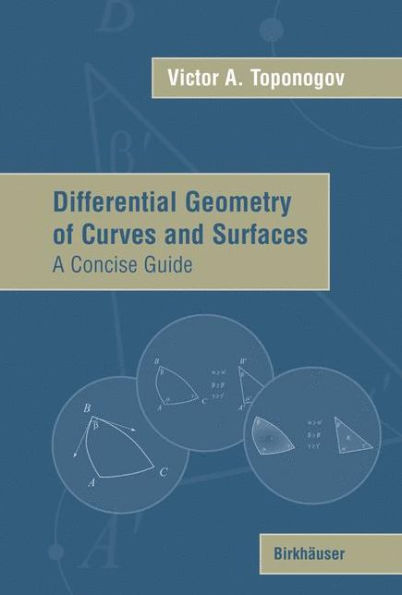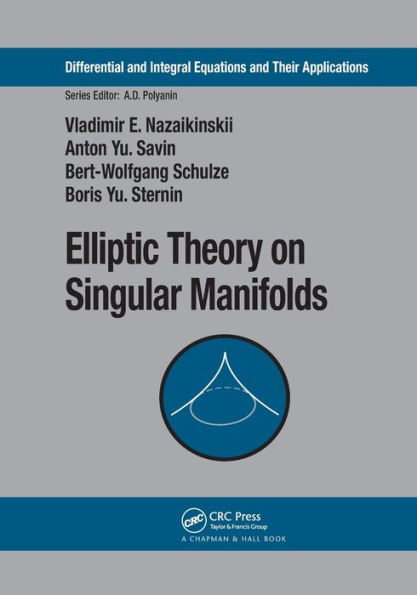Home
Resolution of Curve and Surface Singularities in Characteristic Zero / Edition 1
Barnes and Noble
Loading Inventory...
Resolution of Curve and Surface Singularities in Characteristic Zero / Edition 1 in Franklin, TN
Current price: $54.99
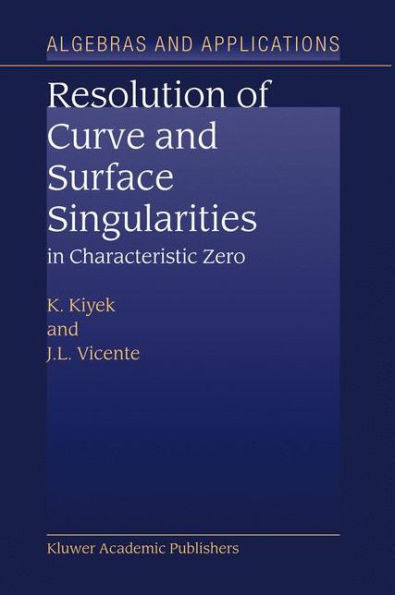
Barnes and Noble
Resolution of Curve and Surface Singularities in Characteristic Zero / Edition 1 in Franklin, TN
Current price: $54.99
Loading Inventory...
Size: OS
The Curves The Point of View of Max Noether Probably the oldest references to the problem of resolution of singularities are found in Max Noether's works on plane curves [cf. [148], [149]]. And probably the origin of the problem was to have a formula to compute the genus of a plane curve. The genus is the most useful birational invariant of a curve in classical projective geometry. It was long known that, for a plane curve of degree n having l m ordinary singular points with respective multiplicities ri, i E {1, . . . , m}, the genus p of the curve is given by the formula = (n - l)(n - 2) _ ~ "r. (r. _ 1) P 2 2 L. . ,. •• . Of course, the problem now arises: how to compute the genus of a plane curve having some non-ordinary singularities. This leads to the natural question: can we birationally transform any (singular) plane curve into another one having only ordinary singularities? The answer is positive. Let us give a flavor (without proofs) 2 on how Noether did it • To solve the problem, it is enough to consider a special kind of Cremona transformations, namely quadratic transformations of the projective plane. Let ~ be a linear system of conics with three non-collinear base points r = {Ao, AI, A }, 2 and take a projective frame of the type {Ao, AI, A ; U}.
The Curves The Point of View of Max Noether Probably the oldest references to the problem of resolution of singularities are found in Max Noether's works on plane curves [cf. [148], [149]]. And probably the origin of the problem was to have a formula to compute the genus of a plane curve. The genus is the most useful birational invariant of a curve in classical projective geometry. It was long known that, for a plane curve of degree n having l m ordinary singular points with respective multiplicities ri, i E {1, . . . , m}, the genus p of the curve is given by the formula = (n - l)(n - 2) _ ~ "r. (r. _ 1) P 2 2 L. . ,. •• . Of course, the problem now arises: how to compute the genus of a plane curve having some non-ordinary singularities. This leads to the natural question: can we birationally transform any (singular) plane curve into another one having only ordinary singularities? The answer is positive. Let us give a flavor (without proofs) 2 on how Noether did it • To solve the problem, it is enough to consider a special kind of Cremona transformations, namely quadratic transformations of the projective plane. Let ~ be a linear system of conics with three non-collinear base points r = {Ao, AI, A }, 2 and take a projective frame of the type {Ao, AI, A ; U}.
